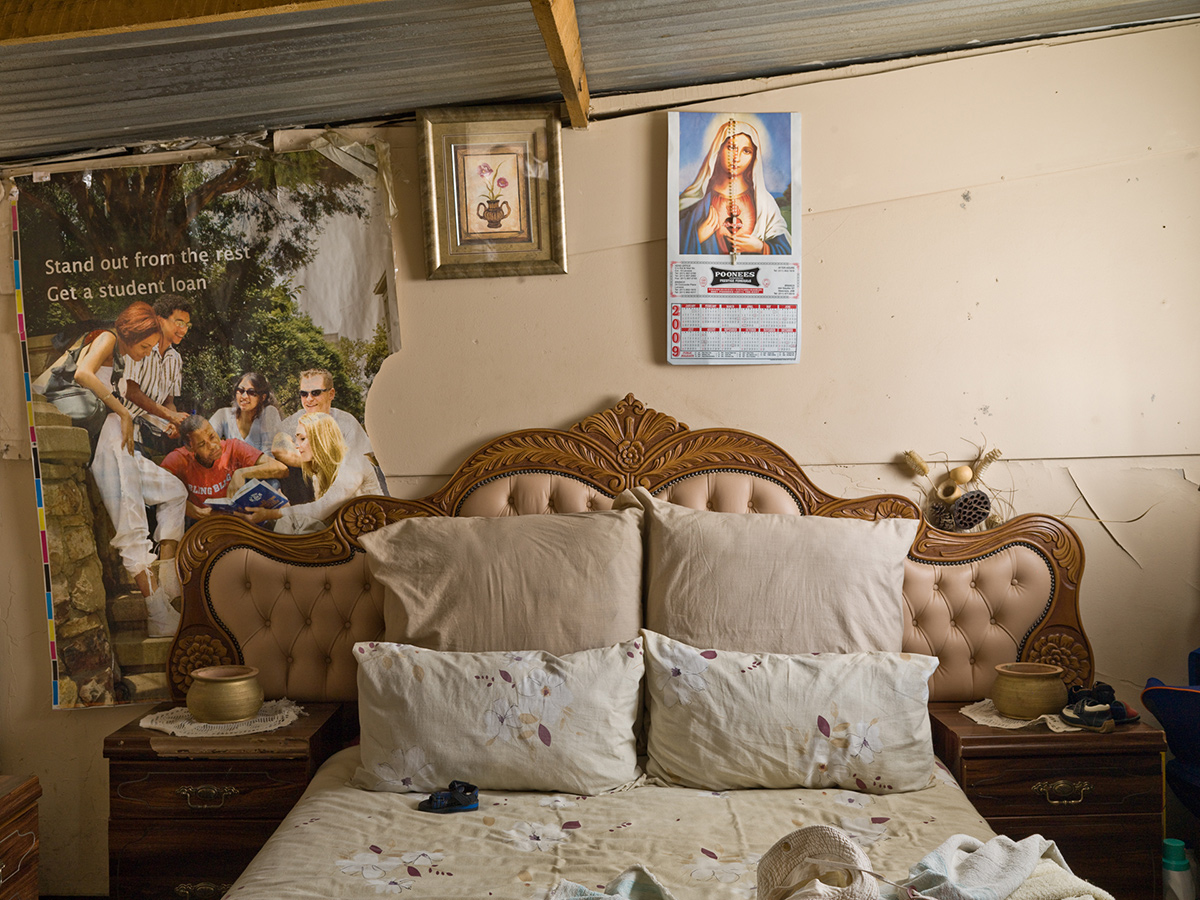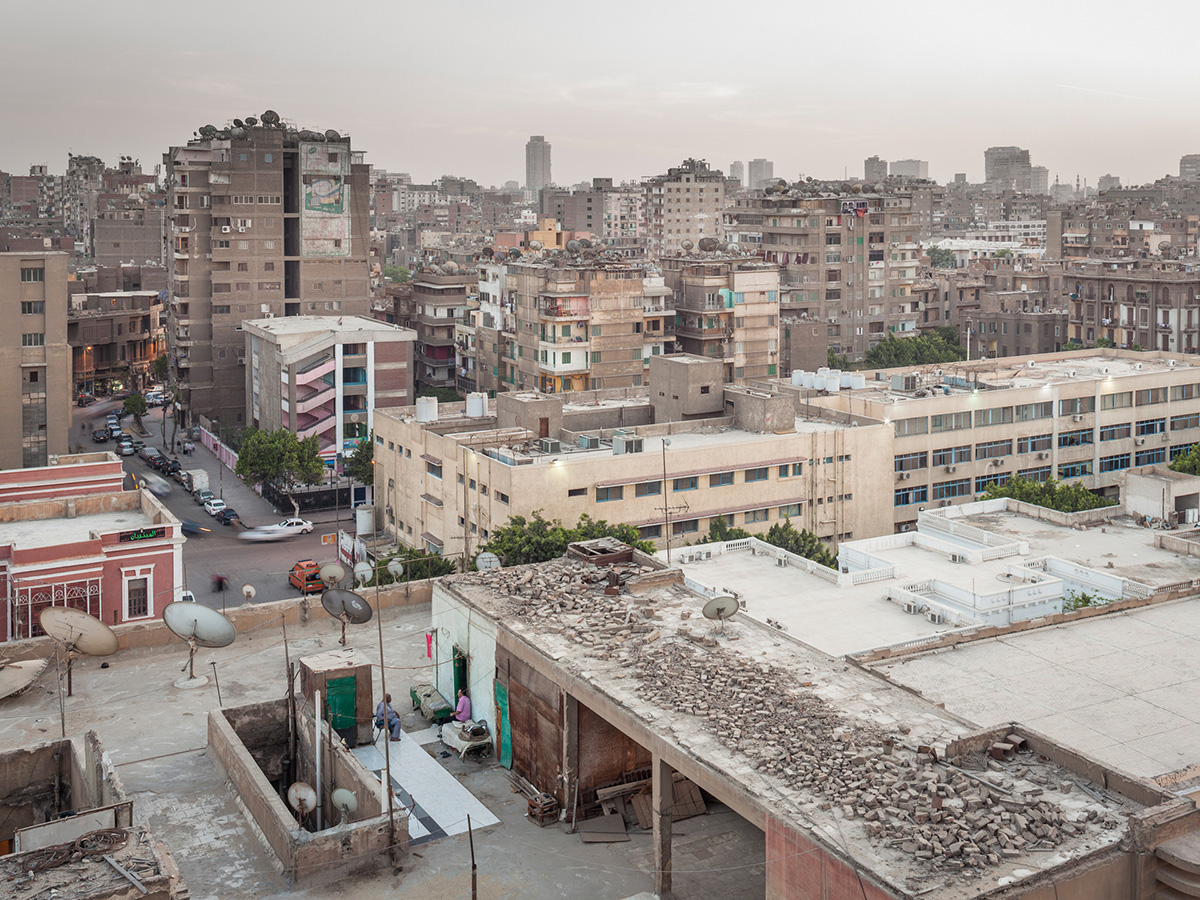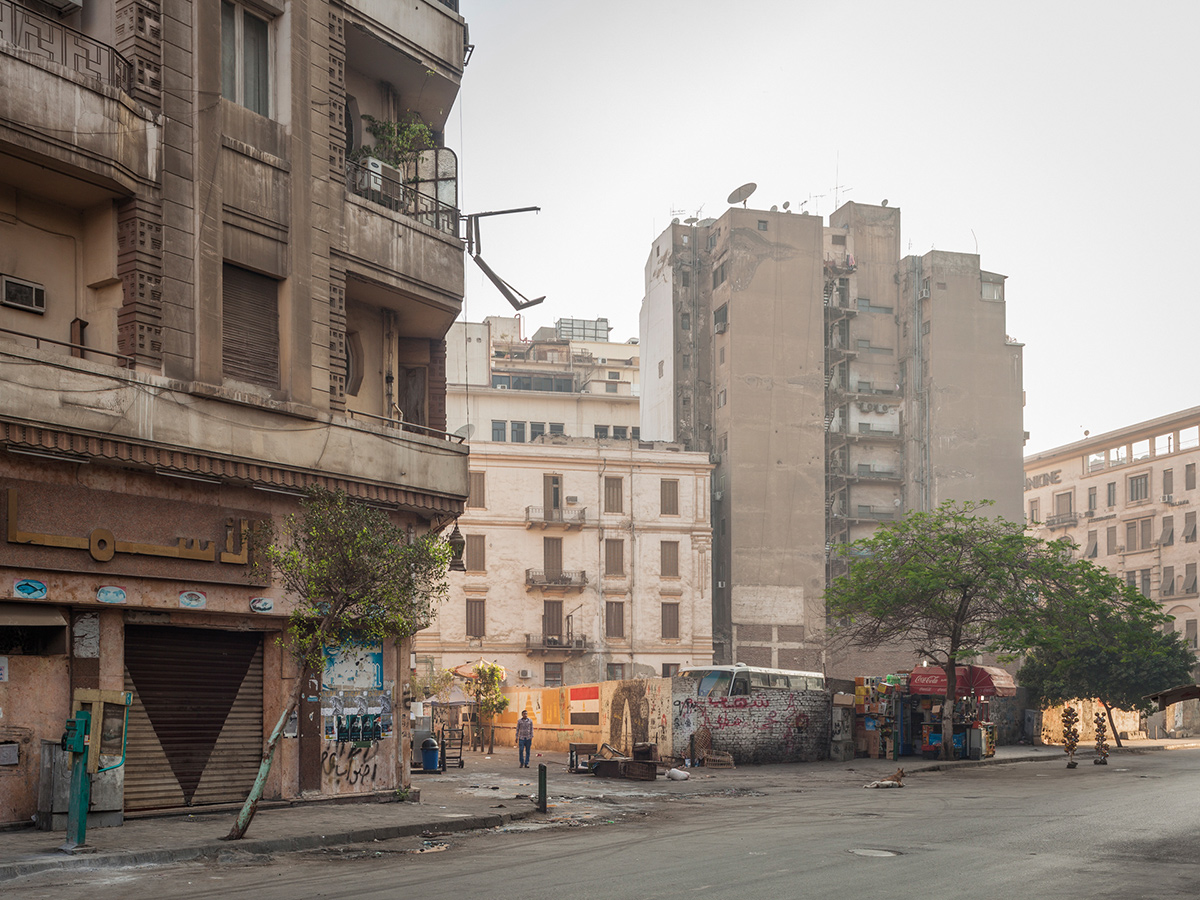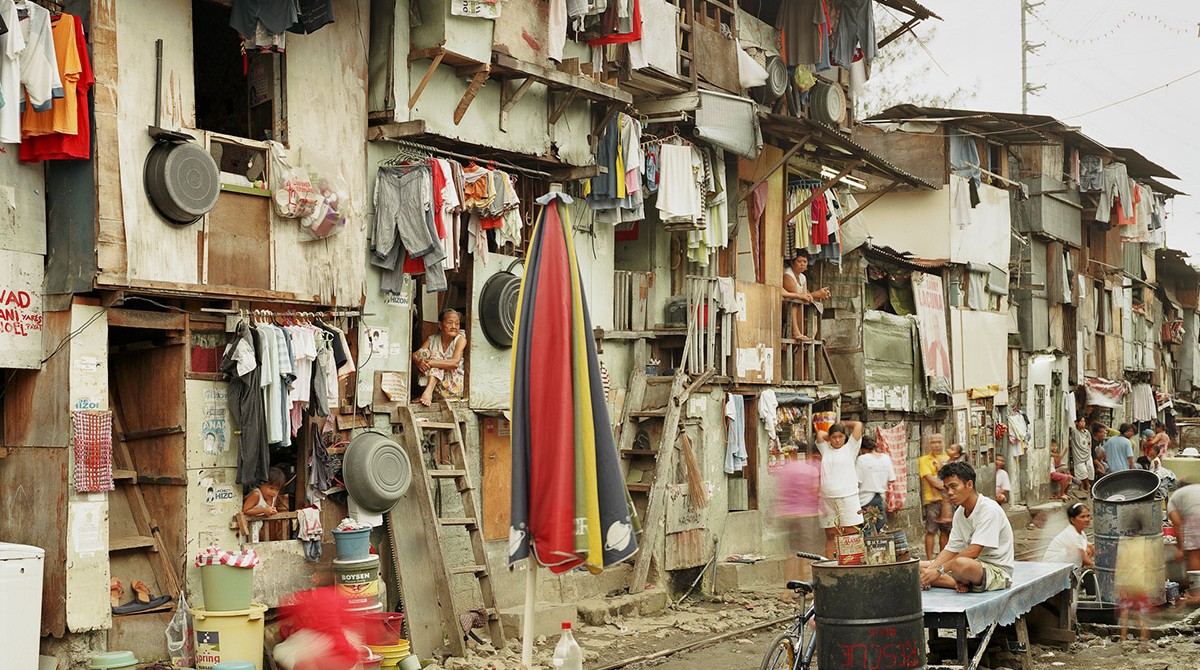
Peter Bialobrzeski: A Lot of Work with People Is Very Exploitative
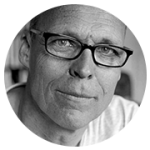
Photographer, Professor of photography at the University of the Arts in Bremen, Germany. Received the World Press Photo Award in 2003 and in 2010, and the Erich Salomon Award from the German Society of Photographers in 2012. Used to be a photojournalist, currently works on personal projects. Published 13 photo books. Exhibited his works in the Laurence Miller Gallery (NYC), LA Galerie (Frankfurt), m97 Gallery (Shanghai).
On Portraits
I started with a lot of photojournalist stuff, I have been photographing people with AIDS and similar themes. But then I decided I am more interested in the living conditions, in the buildings, not in their inhabitants. The problem with people in photography is that, I find, a lot of work with people is very exploitative: photographers pretend to care to take their portraits. But then, a lot of these photographs become cliches, in classical journalism the subjects are exhausted. I don’t want to get close to people I am not really close to. And I don’t think I am a very good portrait photographer.
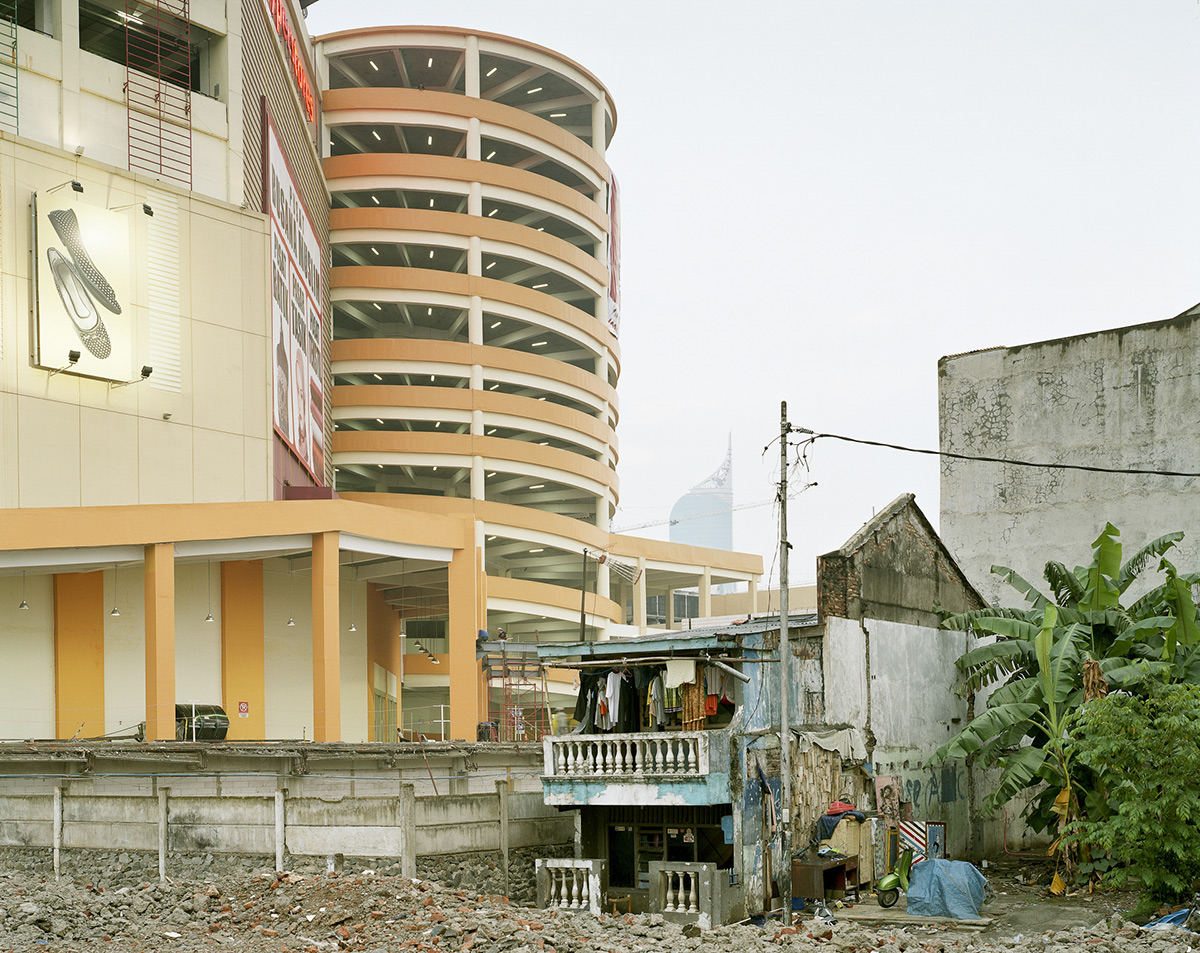
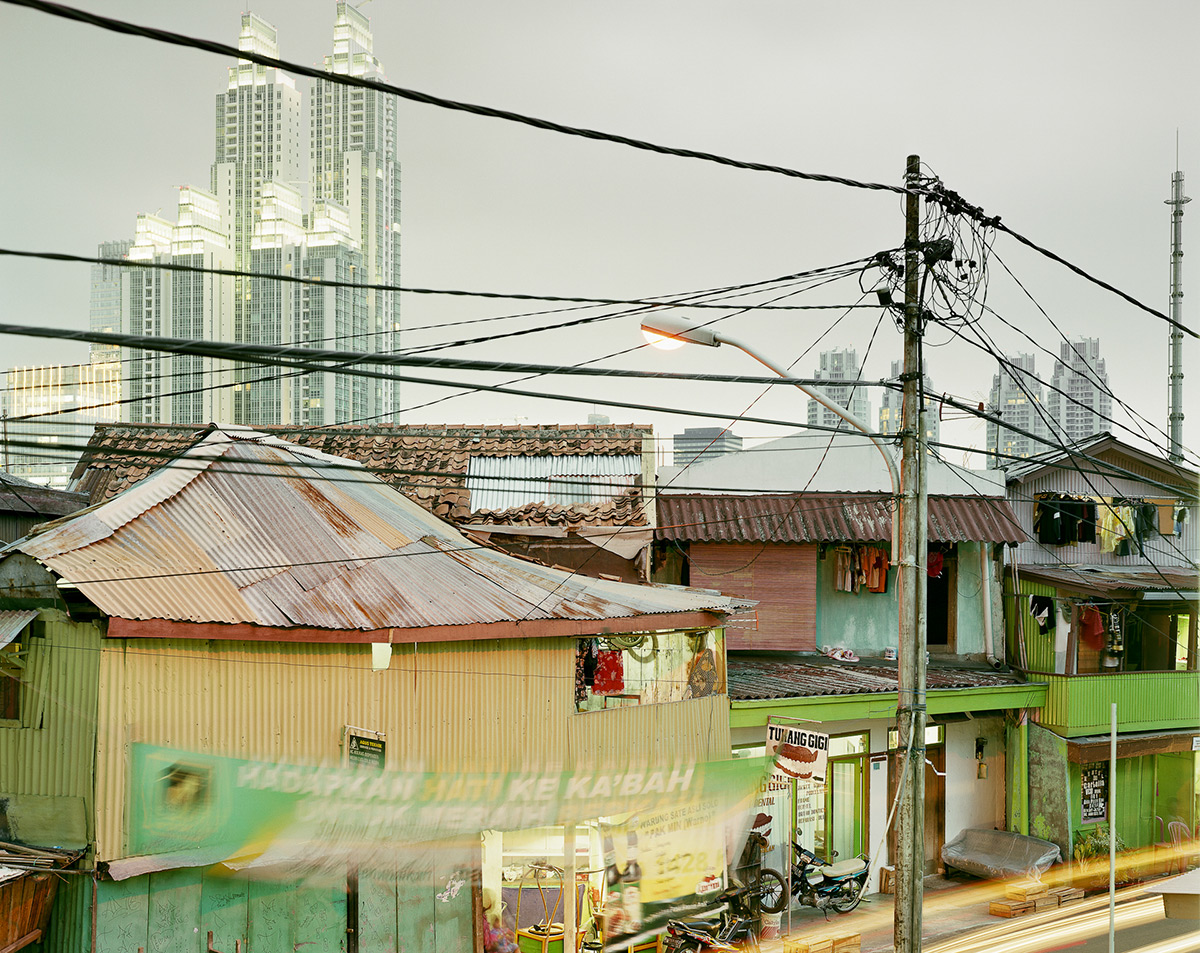
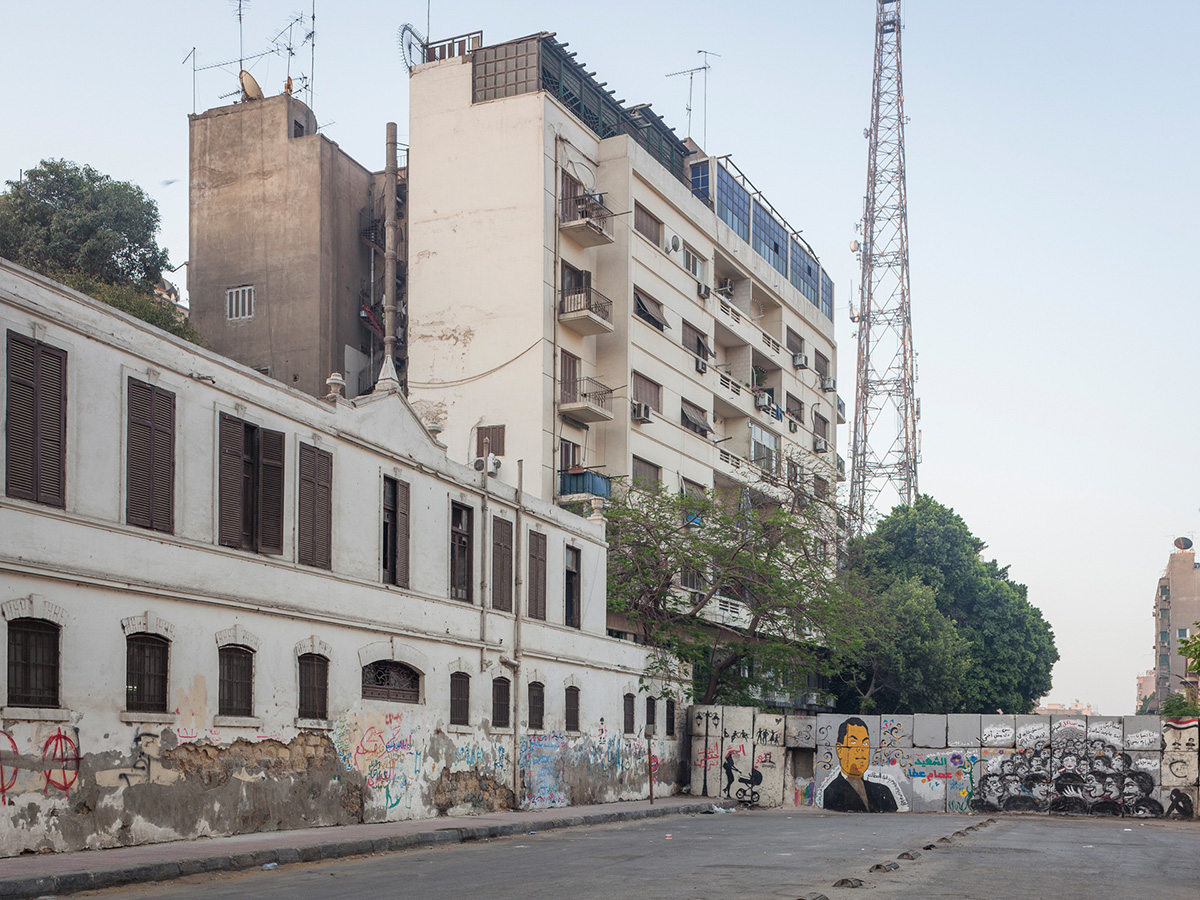
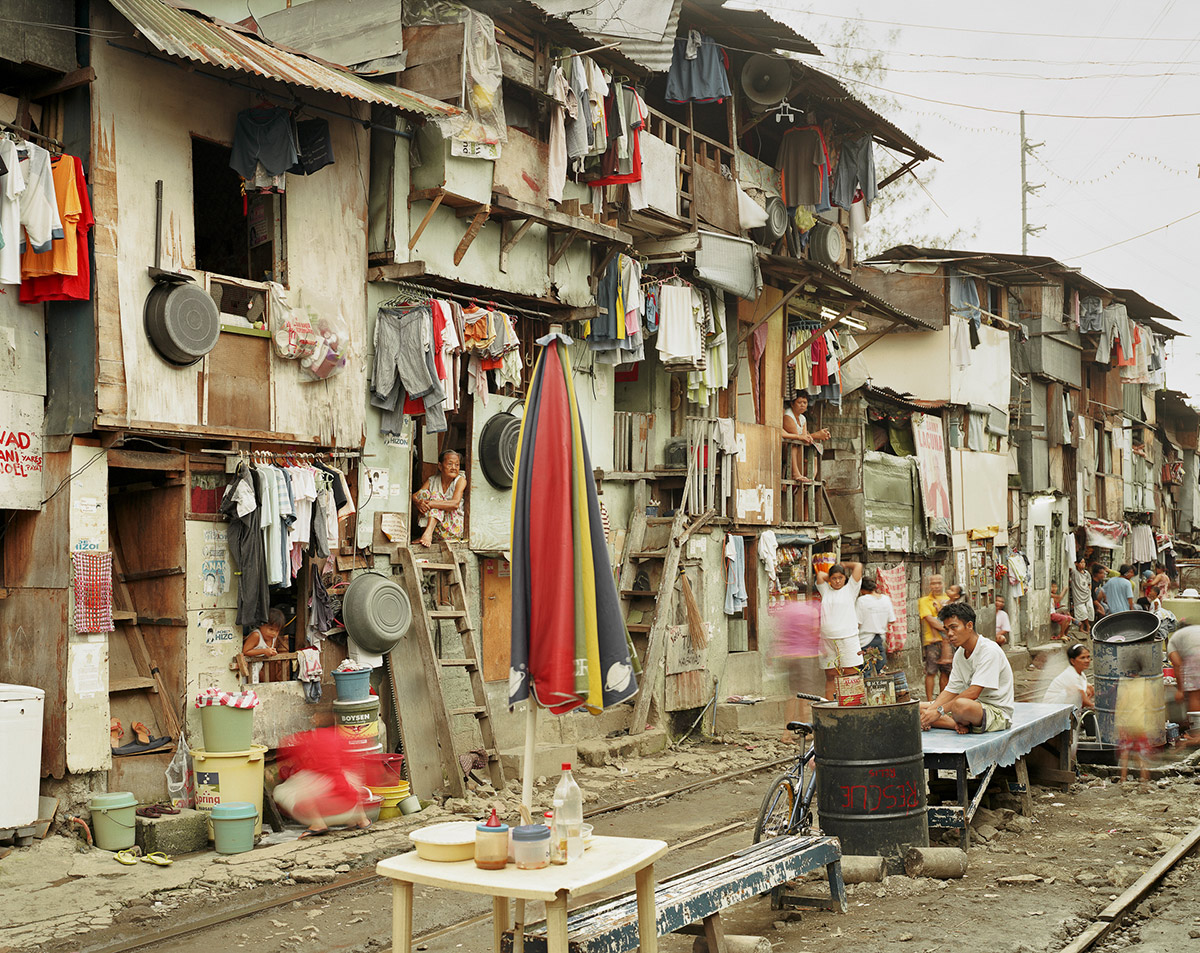
On Presentation
Photographs worth looking at need to be printed. I don’t take a million photographs to choose the best ones later: I set my mind on the story and take only several shots, and I know for sure, what exactly I want to see in a book or at the exhibition.
My projects, Neon Tigers (photographs of Bangkok, Kuala Lumpur, Hong Kong, Shanghai, Jakarta, Singapore, and Shenzhen — Ed.) and Paradise Now (Hanoi, Jakarta, Singapore, Bangkok, Kuala Lumpur), got a World Press Photo award. After I got the award they were published worldwide, and I got my share of fame.
Currently my 13th monographic book is coming out, and I am finishing a large project about contemporary Germany. Also, I am producing small diaries about Yangon and Bangkok, this is a series of ten books that I am doing with the publisher. These are small books, only 500 copies each, they look fast and they feel fast — no glossy gift editions. I have a different approach, I like small projects, I like that my publishers are my friends, nobody earns much, but nobody loses. When I went to Yangon last week, I went because I had an email from a friend living there, who said I had to come and do a project about it because it is changing so fast. When I get emails like this, I know I am doing the right thing. Cities change fast, and urbanists would find my books useful.
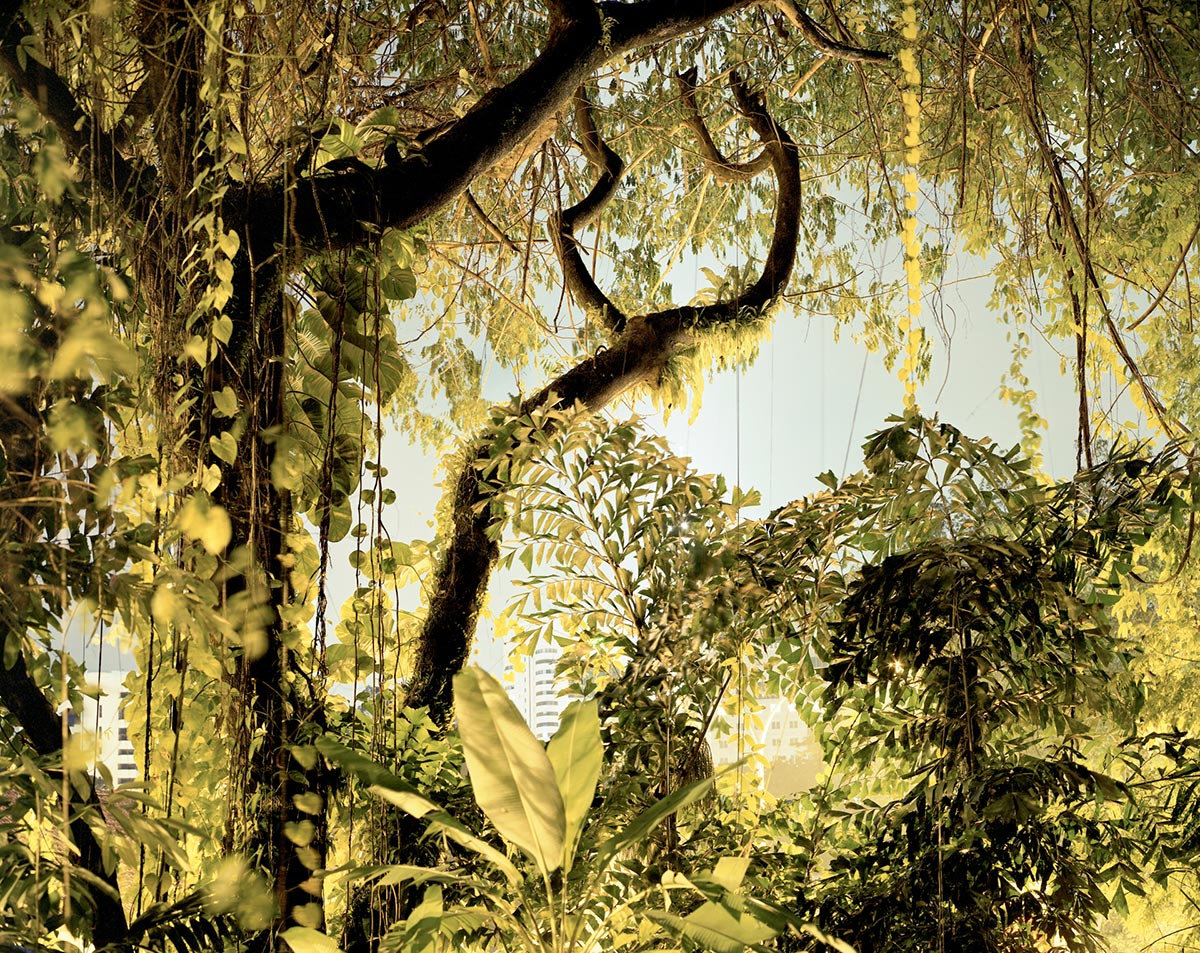
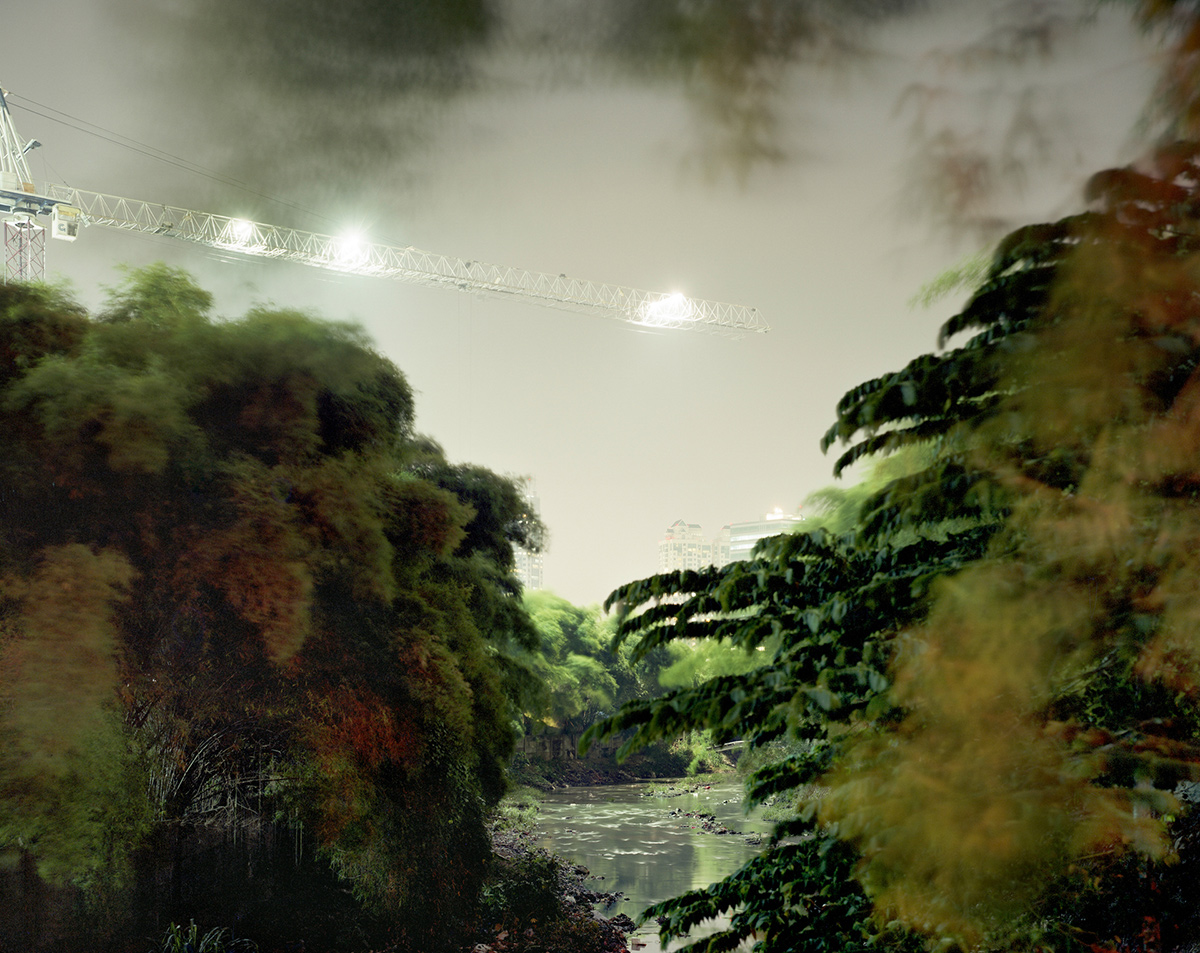
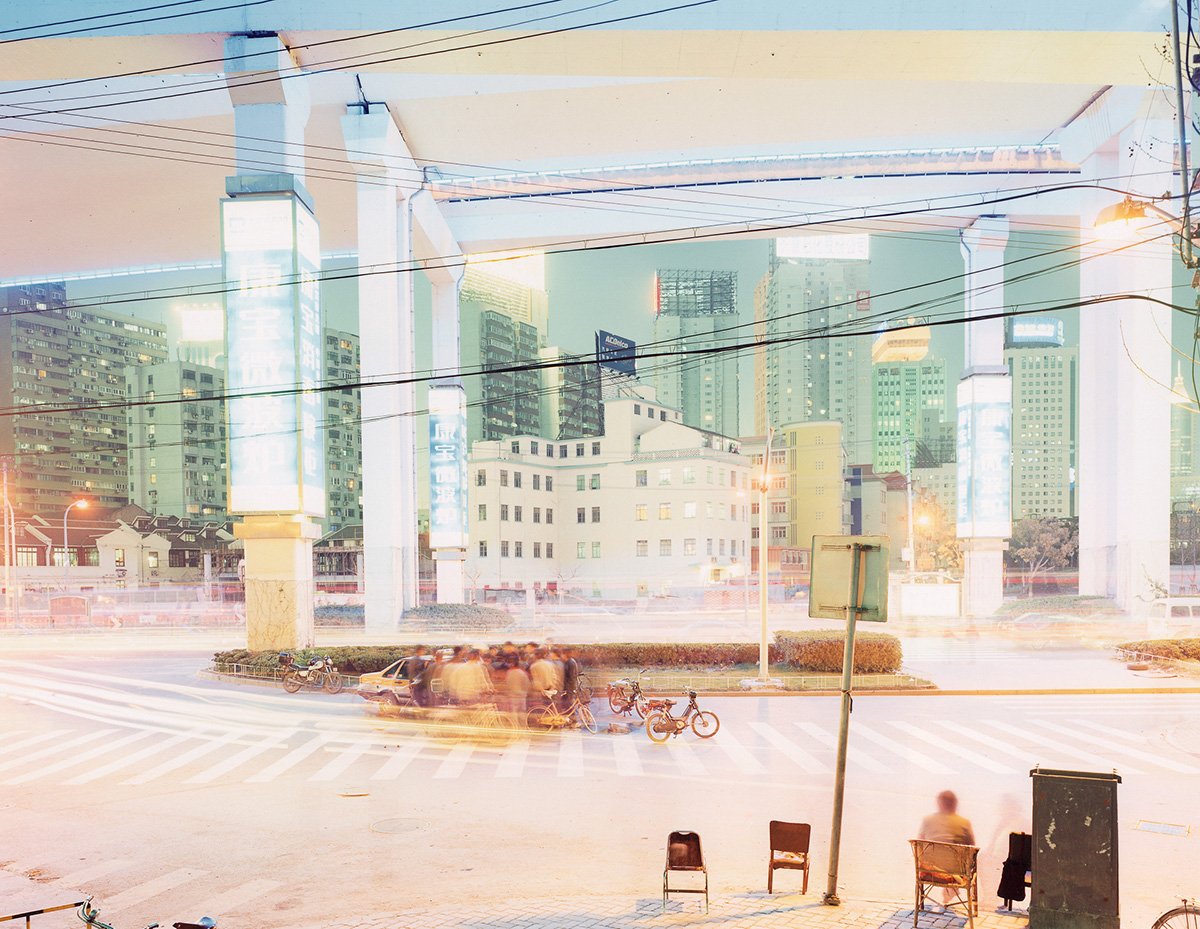
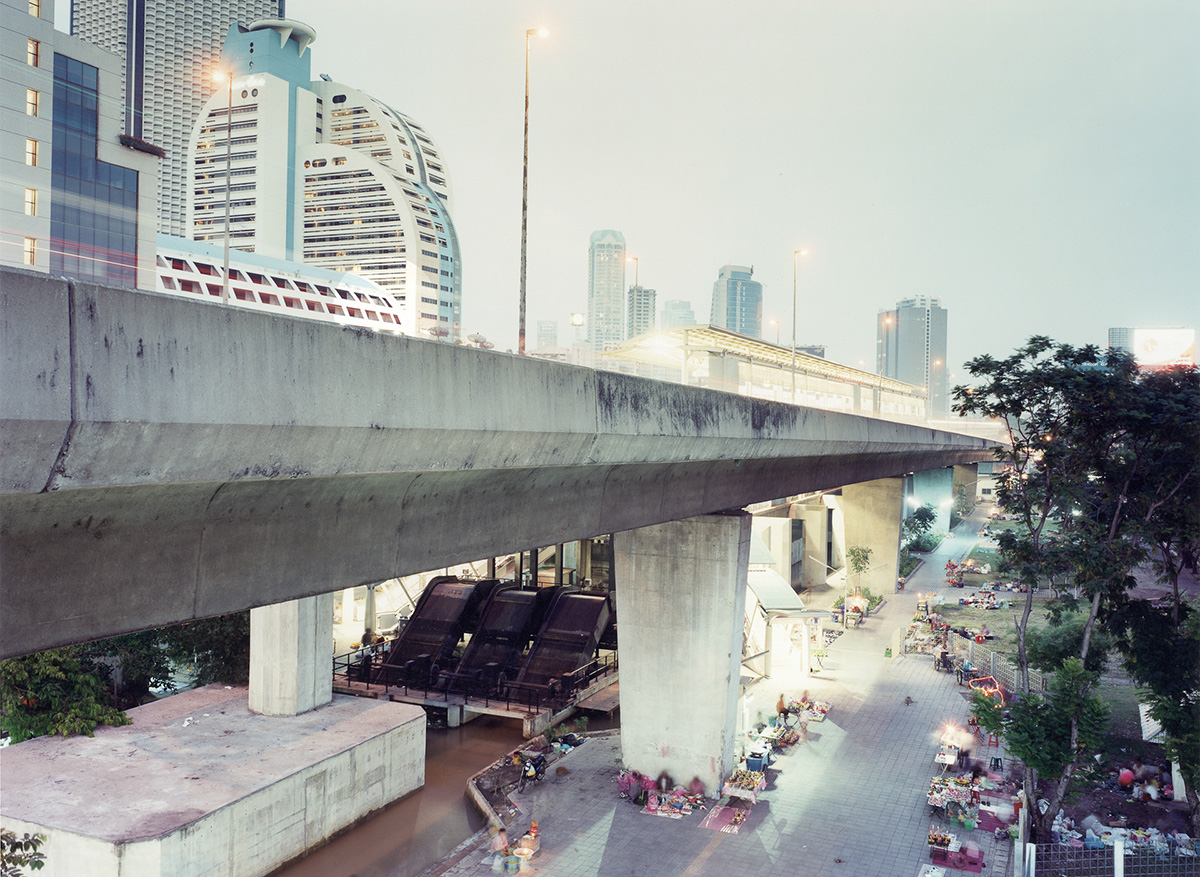
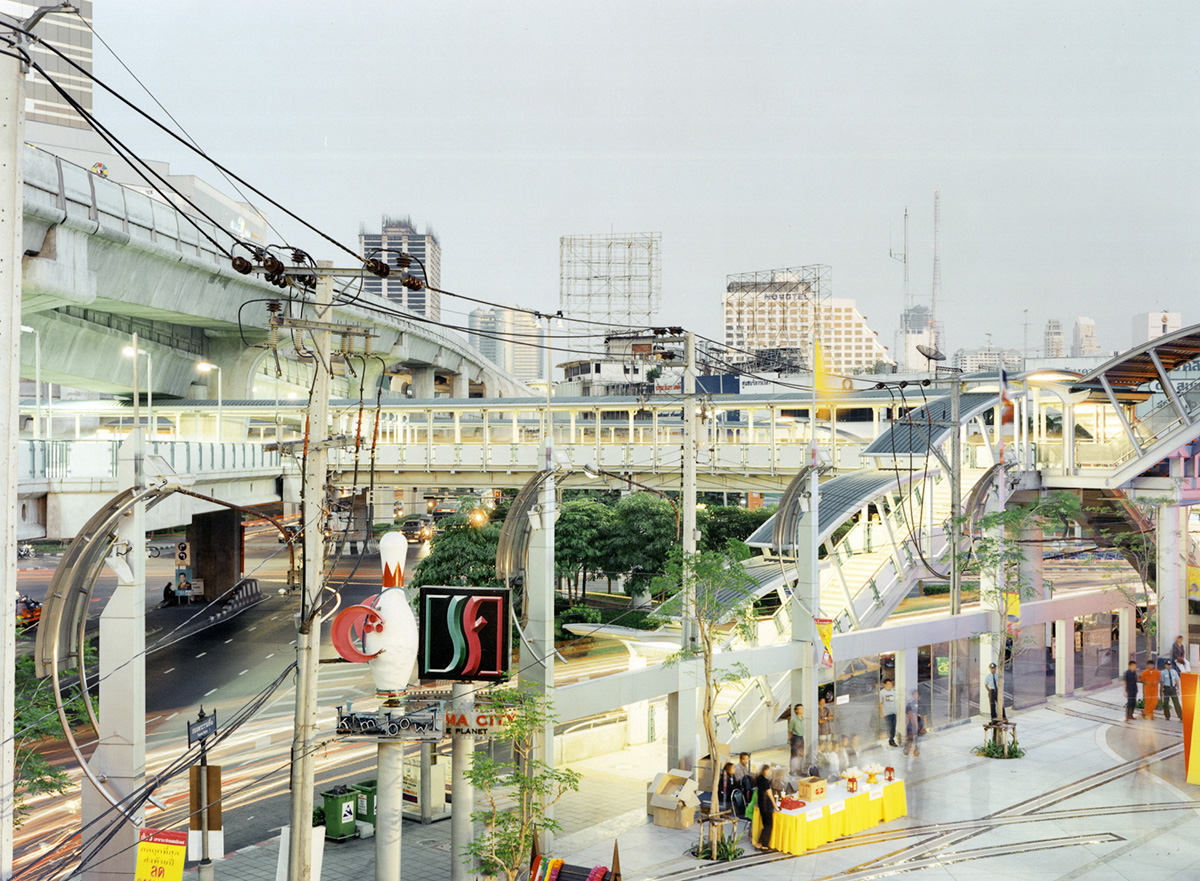
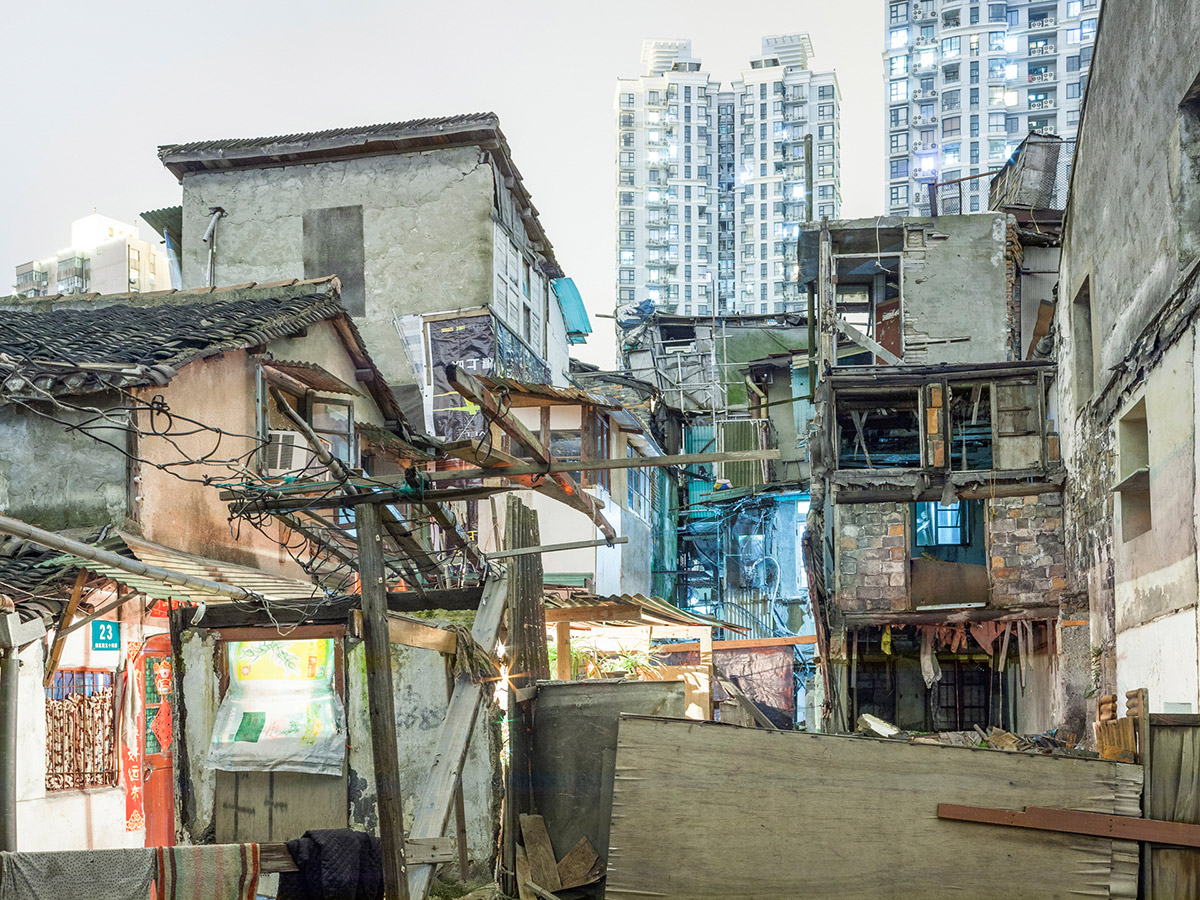
On the Character of the City
I spent only about 6 days shooting Cairo Diary. I don’t want to make conclusions or give advice, i just use the images instead of words: if you look at the book, it raises a couple of issues about the revolution, Soviet brutalist architecture, and social problems. You see a lot of things that you don’t expect when you hear the word ‘Cairo’, that’s what my work is all about.
A lot of the places I got to are sort of charged by other media coverage, have their story in media communication, and people expect that story to be continued. But I want to go there with a fresh eye and see what makes this place tick.
The Informal Arrangement project was made in Kliptown, South Africa, in a suburb of Johannesburg. Kliptown was a slum on the outside, where everyone is equally poor, and I was interested, what it looks like on the inside. I was interested with how people with very little to arrange their spaces. And it really looked like pop-art installations.
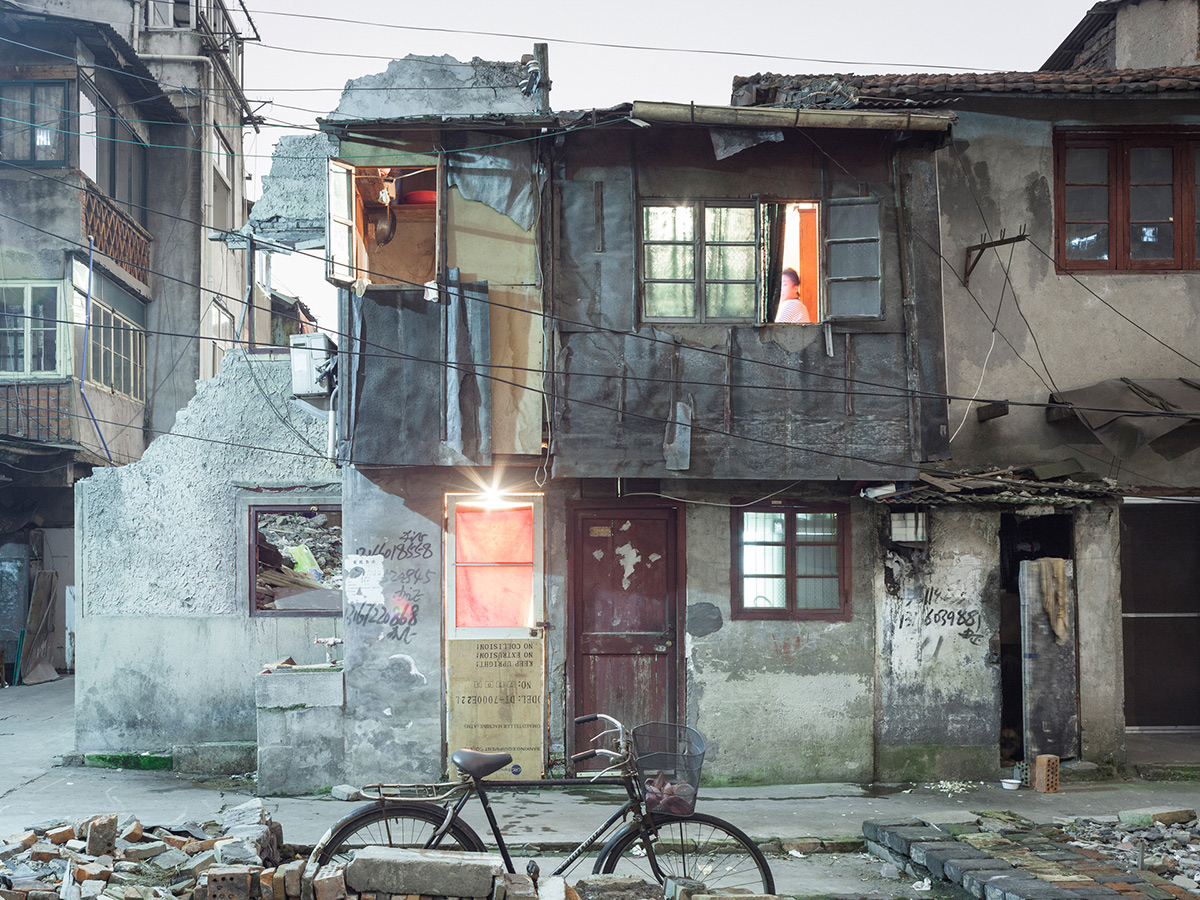
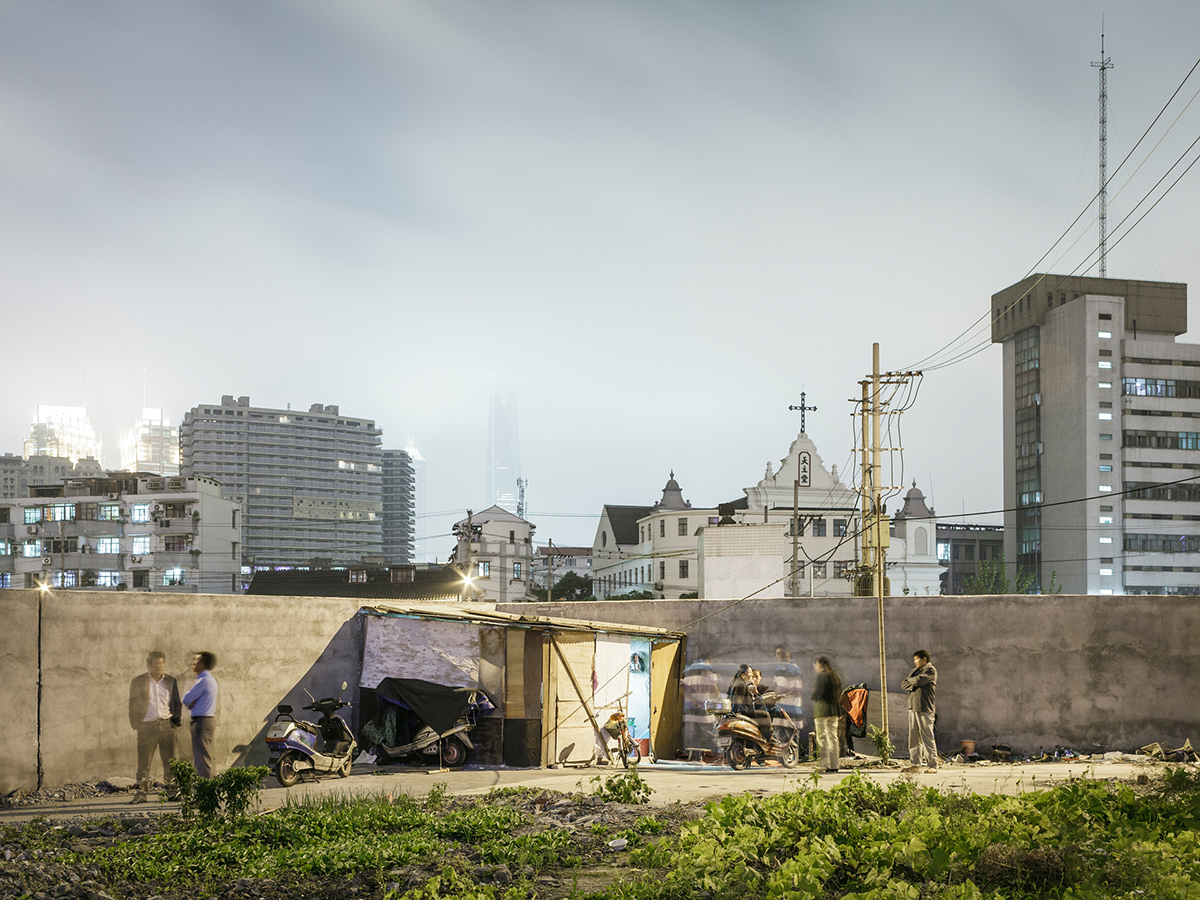
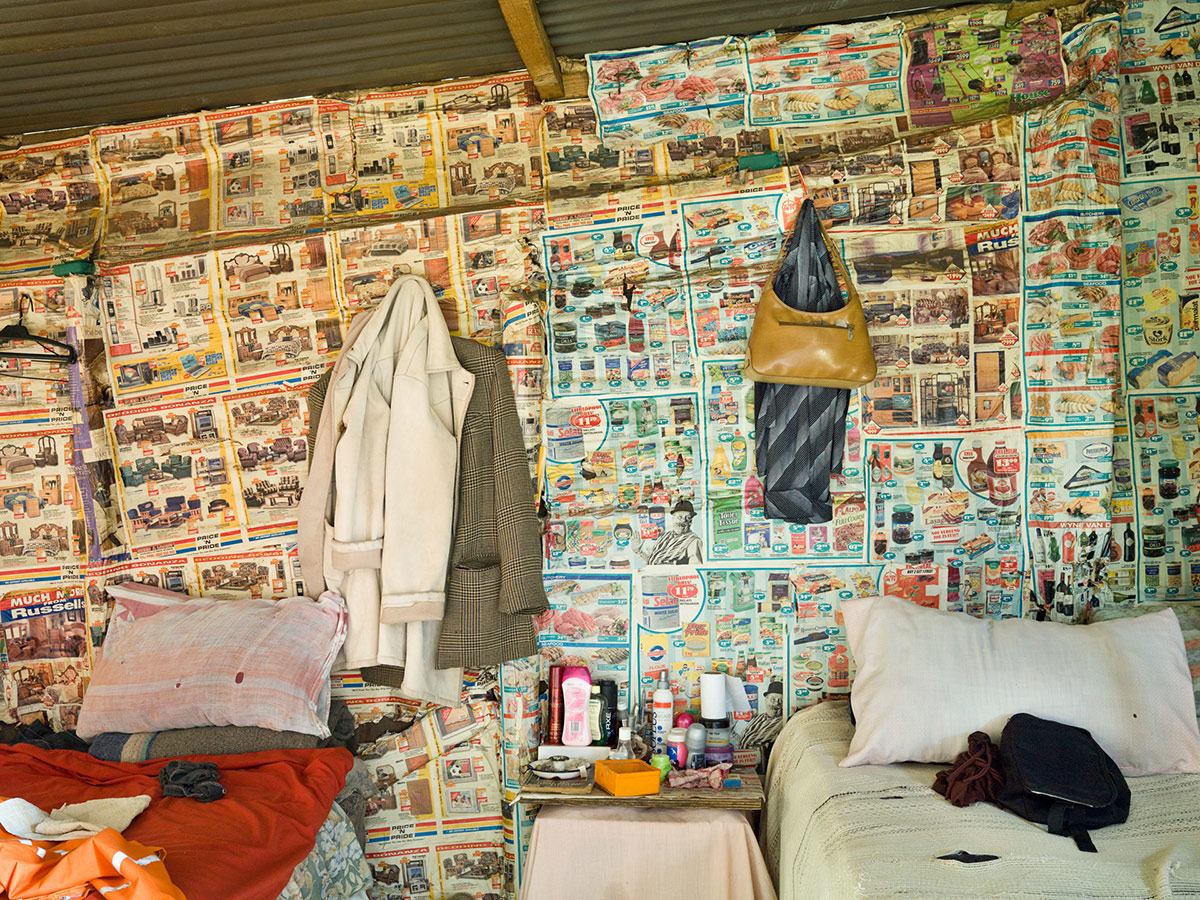
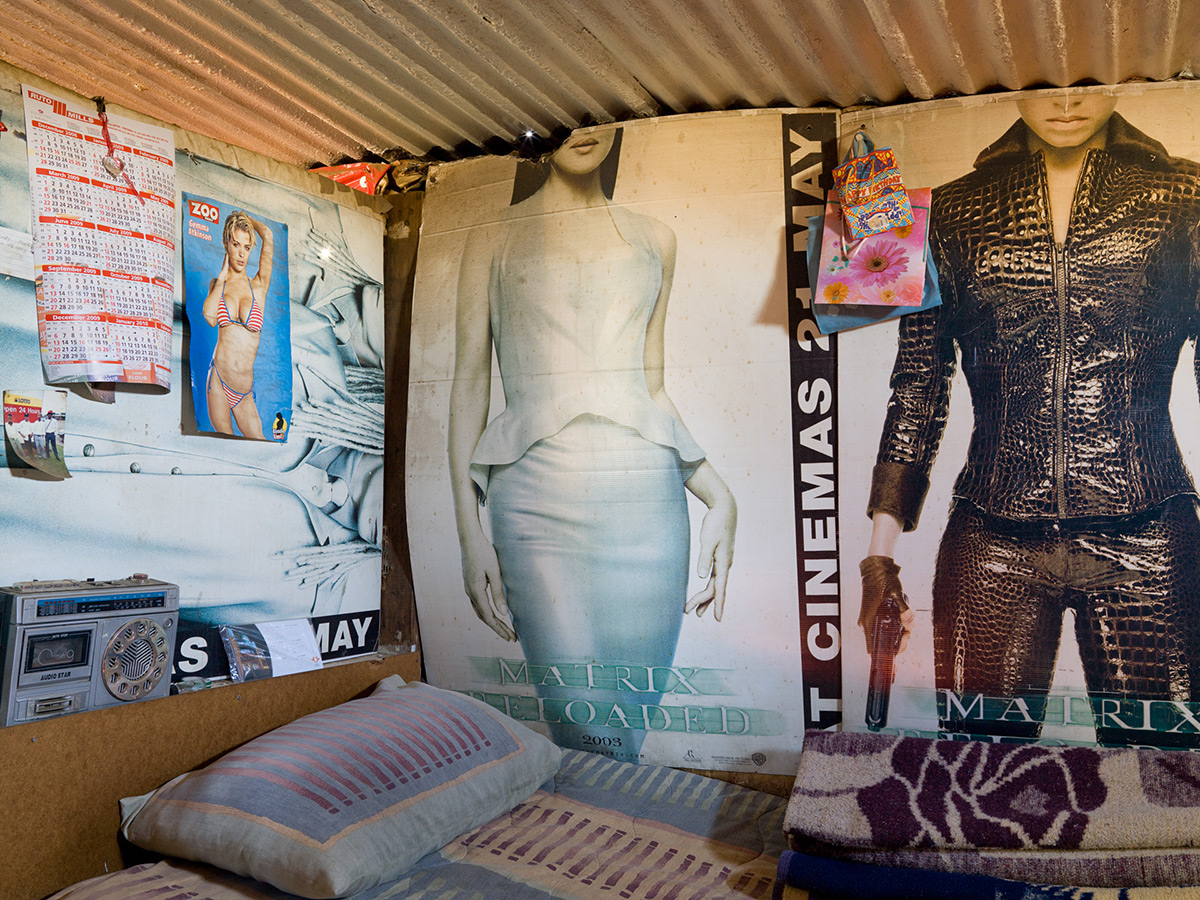
I think I am a documentary photographer, although many documentary photographers would not agree with this, because they think that a documentary image can be made out of two images. I use this technique a lot, and it is still a documentary image in my view: the division into documentary and art photography, is outdated, as well as each of these categories. Images have always been an idea. Photojournalism is just another aesthetic concept.
